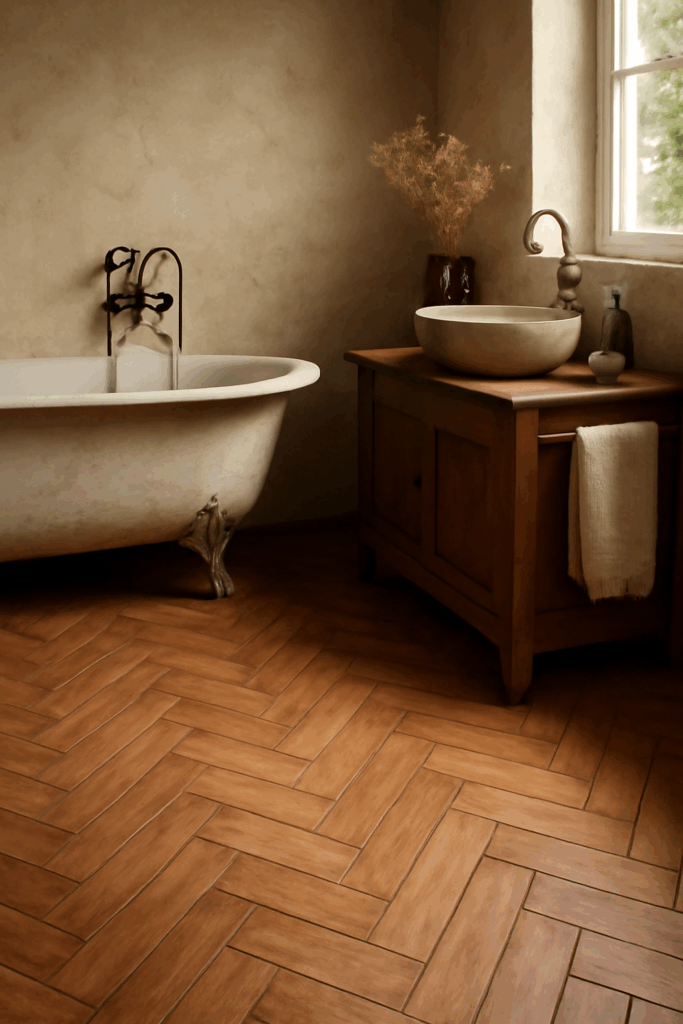Outdoor living has become an essential part of modern home design. From stylish patios to elegant walkways, homeowners today want their outdoor spaces to reflect the same beauty and sophistication as their interiors. One material that has quickly risen to the top for outdoor applications is terrazzo. Known for its durability, unique style, and eco-friendly advantages, terrazzo tiles are the perfect choice for patios and walkways.
In this guide, we’ll explore why terrazzo is trending again, its history, the benefits it offers, and how it can elevate your outdoor living spaces.
The History of Terrazzo Tiles
Terrazzo originated in Venice in the 15th century when marble workers repurposed leftover stone chips by setting them into clay or lime. Over time, it evolved into a refined flooring technique using cement and resin binders.
See more: Pilates Reformer Box vs Traditional Pilates Box: What’s the Difference?
By the mid-20th century, terrazzo was widely used in public spaces like airports, hotels, and schools due to its durability and timeless appeal. Today, it has been reinvented with modern finishes and sustainable materials, making it a top choice for both interiors and exteriors.
Why Terrazzo Is Trending in Modern Homes
So why are terrazzo tiles making such a strong comeback in outdoor design?
- Stylish versatility: Terrazzo works equally well in minimalist, modern, or rustic outdoor settings.
- Durability: Perfect for Sydney courtyards or California patios, terrazzo withstands harsh weather.
- Design freedom: With endless color and aggregate options, terrazzo can be customized to match any landscape design.
- Eco-conscious appeal: Many terrazzo tiles are made using recycled stone and glass, making them sustainable.
In outdoor living, homeowners want materials that balance beauty with resilience—exactly what terrazzo delivers.
Benefits of Using Terrazzo Tiles Outdoors
Long-Lasting Strength
Terrazzo tiles are built to endure. They resist cracking, fading, and weathering, even under heavy foot traffic or exposure to rain and sun.
Low Maintenance
Unlike timber decking or natural stone that requires frequent sealing, terrazzo needs only occasional resealing and regular cleaning to stay looking beautiful.
Elegant Style
The speckled mosaic effect of terrazzo adds visual interest to patios and walkways, instantly elevating the overall design.
Slip Resistance
When finished with a textured surface, terrazzo provides excellent grip, making it safe for outdoor areas that may get wet.

Eco-Friendly Choice
Terrazzo often contains recycled materials, giving homeowners a sustainable and stylish flooring option.
Popular Areas to Install Terrazzo Outdoors
Patios
Terrazzo patios are both practical and stunning. Their smooth yet durable surface provides a perfect space for outdoor dining, lounging, or entertaining.
Walkways and Garden Paths
Terrazzo walkways add charm and sophistication to gardens. Their durability ensures paths remain intact, even in high-traffic areas.
Pool Surrounds
Textured terrazzo is an excellent choice for pool areas because it resists water damage and provides slip resistance.
Outdoor Kitchens
Pair terrazzo flooring with stainless steel appliances for a modern, luxurious outdoor cooking space.
How to Style Terrazzo Outdoors
Styling terrazzo outdoors is all about blending it with natural elements:
- Neutral terrazzo tiles paired with greenery create a calming, spa-like atmosphere.
- Bold, colorful terrazzo can be used as a focal point in entertainment patios.
- Combine terrazzo with timber furniture to add warmth to its cool finish.
- Use terrazzo in geometric patterns for a contemporary, designer-inspired look.
Globally, from Sydney rooftops to Los Angeles gardens, terrazzo is celebrated for its ability to merge seamlessly with indoor-outdoor living trends.
Maintenance Tips for Terrazzo Tiles Outdoors
- Regular cleaning: Sweep and hose down to prevent dirt buildup.
- Seal appropriately: Outdoor terrazzo should be sealed every 1–2 years to protect against stains and weather.
- Avoid acidic cleaners: They can damage terrazzo surfaces.
- Check grout lines: Reapply grout when necessary to prevent moisture seepage.
- Repair chips promptly: Though rare, repairing small chips quickly prevents bigger issues later.
Eco-Friendly Advantages of Terrazzo
For eco-conscious homeowners, terrazzo offers several sustainable benefits:
- Recycled content: Many terrazzo tiles are made using waste marble, stone, or glass chips.
- Longevity: Its decades-long durability reduces the need for replacements.
- Low VOC options: Resin-based terrazzo can be produced with minimal off-gassing, improving air quality.
- Local sourcing: In many regions, terrazzo materials are locally produced, reducing carbon emissions.
By choosing terrazzo, you’re investing not just in beauty but also in a greener future.
FAQs About Outdoor Terrazzo Tiles
Yes, terrazzo tiles are exceptionally durable and designed to withstand heavy use and outdoor conditions. When properly sealed and installed, they resist fading, cracking, and moisture damage, making them ideal for patios, walkways, and even poolside areas.
Polished terrazzo may be slippery when wet, but outdoor-specific terrazzo tiles are often textured to provide excellent slip resistance. Choosing the right finish ensures safety, especially for patios, walkways, and pool surrounds.
Terrazzo is highly weather-resistant. It can handle hot sun, rain, and even frost if properly installed and sealed. This makes it an excellent choice for regions with diverse climates, from Sydney’s coastal weather to colder international zones.
While terrazzo can be more expensive upfront than concrete or ceramic tiles, its longevity and minimal maintenance make it cost-effective in the long run. Unlike timber decking or cheaper tiles, terrazzo can last decades with minimal upkeep.
For outdoor use, resealing every 1–2 years is recommended. This protects terrazzo from stains, moisture, and UV exposure, ensuring your patio or walkway maintains its beauty and durability for decades.
